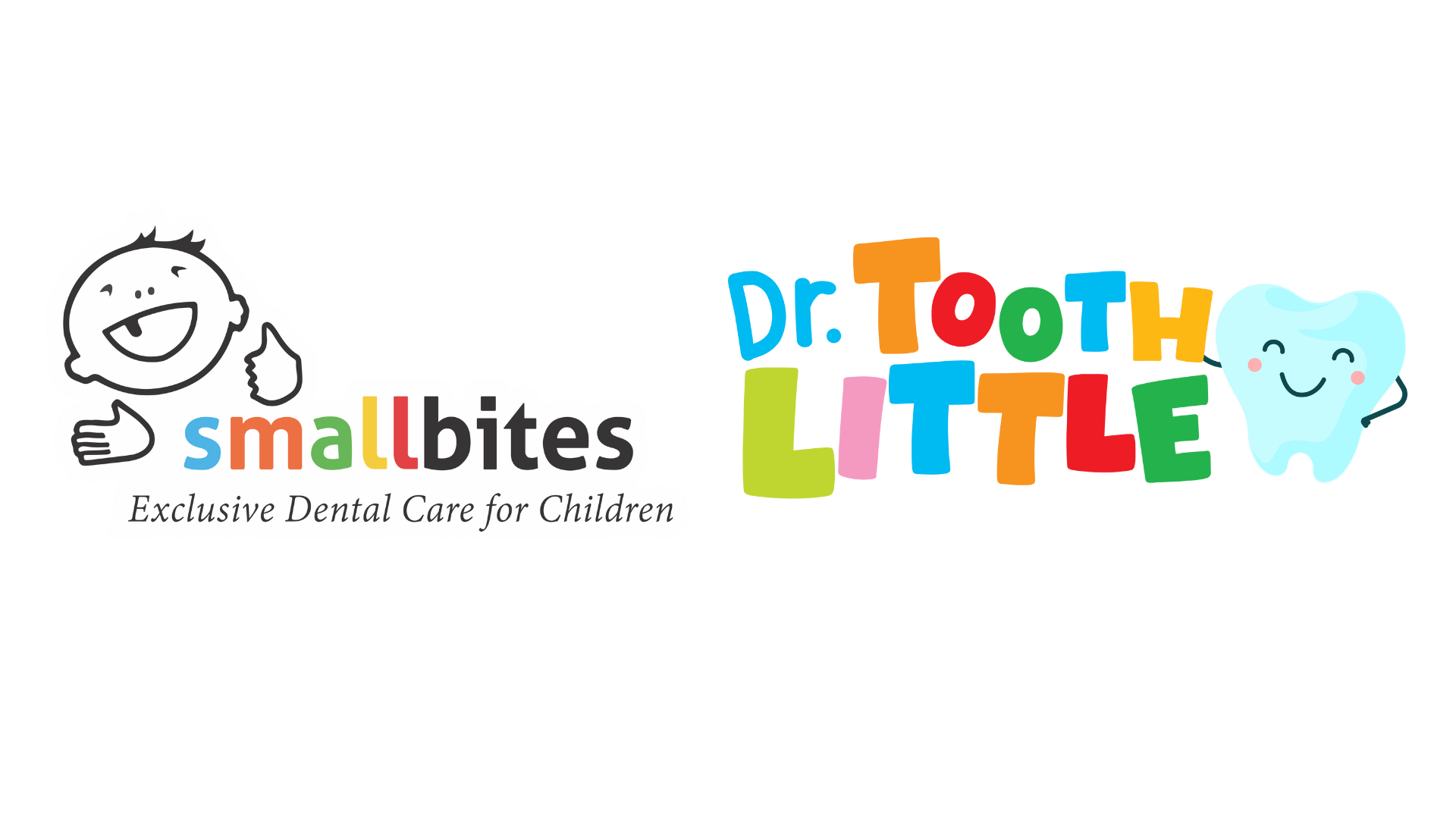
What is a Pulpectomy?
Pulpectomy is the name given to root canal therapy for baby teeth. This is required when decay or injury to a tooth has caused infection of the nerve. The aim is to keep the tooth until the correct time for it to fall out.
I have been told my child needs a pulpectomy – why can’t he just have a normal filling?
It is possible to place a filling in cases where the decay is only affecting the first two layers of the tooth – the enamel and the dentine.
Once there is an infection within the nerve of the tooth this needs to be dealt with properly. If this is not done the nerve will eventually die and an abscess can occur when the infection spreads outside the tooth. Apart from causing severe pain, dental abscesses can cause fever and other health problems. As adult teeth develop close to the roots of baby teeth untreated infection can spread to and affect the normal development of the permanent teeth.
It’s just a baby tooth – wouldn’t it be better to pull it out?
Although they are lost early in life, primary teeth, also called baby teeth or milk teeth, are essential in the development and placement of the permanent teeth.
Baby teeth maintain the spaces for permanent teeth to erupt into. If baby teeth are lost too early other teeth may tilt into or take up the vacant space, forcing permanent teeth to come in crooked.
If the baby tooth is getting close to being pushed out by the adult tooth that replaces it, a pulpectomy may not be advised. This can be judged by looking at an x-ray of the teeth. In this case the baby tooth can be left to fall out naturally or, if there is spreading infection, may need to be extracted.
How is a pulpectomy Treatment done?
- An opening is made through the top of the tooth. If the nerve is not completely dead, local anaesthetic will be required to numb the tooth first .
- The decay and infected nerve are removed. The root canals are cleaned and shaped using small files and then washed and dried.
The empty root canal space is then filled with a paste which is able to resorb as the tooth root loosens to make way for the new adult tooth. - A filling is then placed in the top part of the tooth. An x-ray will be taken to check the root filling.
Most teeth with pulpectomies will require a crown (cap), as when the nerve is dead or removed the tooth is more brittle and more likely to fracture. For baby teeth near the back of the mouth a pre-formed metal crown is most often used. This may be done or the same or the next visit.
Will Pulpectomy procedure be difficult for my child ?
Pulpectomies do require slightly more cooperation from your child than for a simple filling. However, as baby teeth have shorter, wider and less complex root canals than adult teeth the procedure is less complicated and takes less time than for root canal treatment in adult teeth.
There should be no pain, as long the tooth has been numbed where this is required. Your child might feel a slight tugging sensation while the canals are being shaped using the files. The procedure is usually completed in one visit of approximately half an hour, but make take two visits if the nerve is very infected.
What is the success rate for pulpectomies?
Clinical studies have shown a 78 to 96% success rate with the latest materials use for filling root canals in baby teeth.
What are the precautions to be be taken after Pulpectomy?
- Avoid eating and drinking for the first 20 minutes.
- If your child had local anaesthetic to numb the tooth they will need to be careful not to bite their lip or tongue until the numbness has worn off.
- On the day of treatment it is best to stick to softer foods that don’t require a lot of chewing and avoid very hot food and drinks.
There is sometimes some mild pain or discomfort as the tooth settles down. This can be relieved using children’s paracetomol. (Calpol or Crocin). - Your child should avoid biting heavily on the tooth until it is restored with a crown, as it may be brittle and prone to fracture.
- The teeth should be brushed normally.



